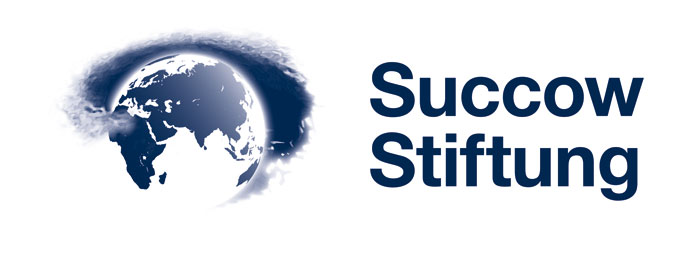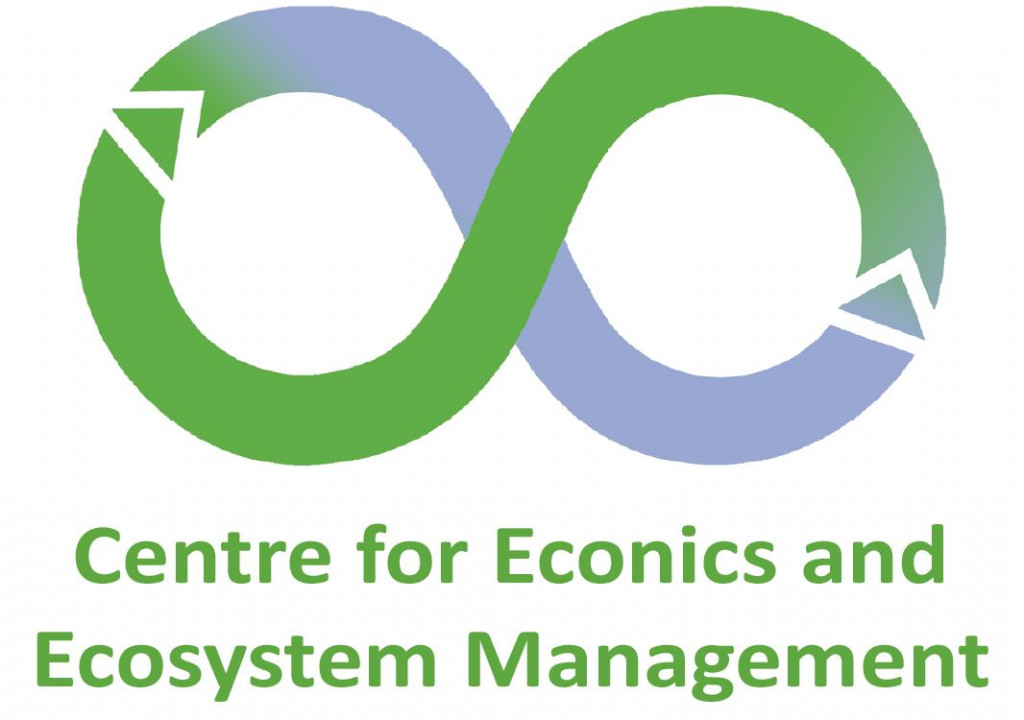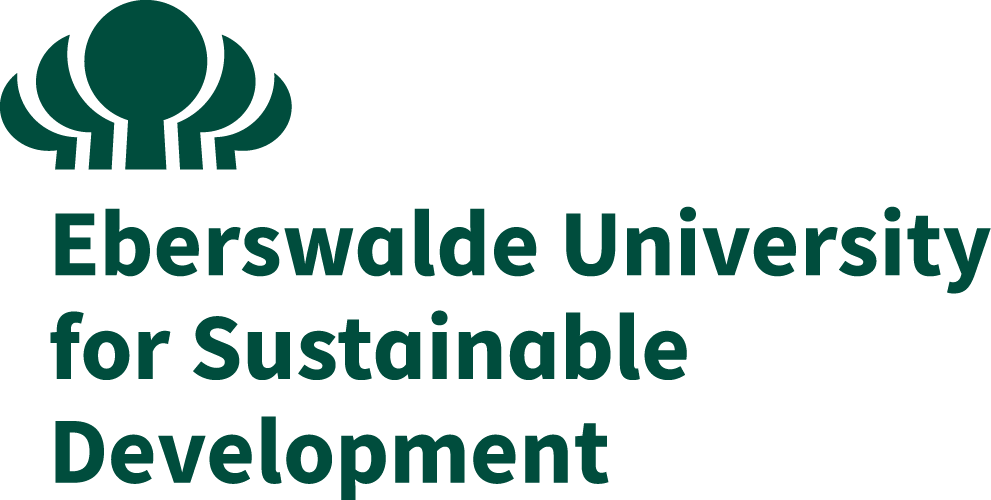Vulnerability and Functionality
The ecosystems and, in consequence, the people are affected by multiple stresses, i.e. disrupted or destroyed ecological attributes. Dysfunctional ecosystems are more vulnerable and provide diminished quality and quantity of ecosystem services, thus affecting human well-being - health, nutrition, income, and livelihood. Climate change is particularly dangerous where ecosystems are exposed and cannot function properly due to overuse, modification, destruction, and fragmentation.
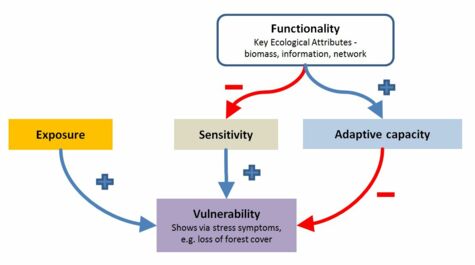
The functionality of a system largely determines how sensitive and how adaptable it is to change. Consequently, preserving and restoring a system's ability to function can reduce its vulnerability.
Vulnerability describes the level of exposure, sensitivity, and adaptive capacity of a system to external influences, such as climate change.
To obtain a spatial overview of stress impact distribution in ecosystems of the biosphere reserve, an assessment was carried out. The range of vulnerability is based on a set of stress indicators including management intensity, neighbourhood impact, logging intensity, road impact, soil water conditions, artificial drainage, and human population density. All values were standardized on a 0-100 scale to enable integration into the vulnerability map, where highly (red-yellow) to lowly vulnerable (green-blue) areas are indicated.
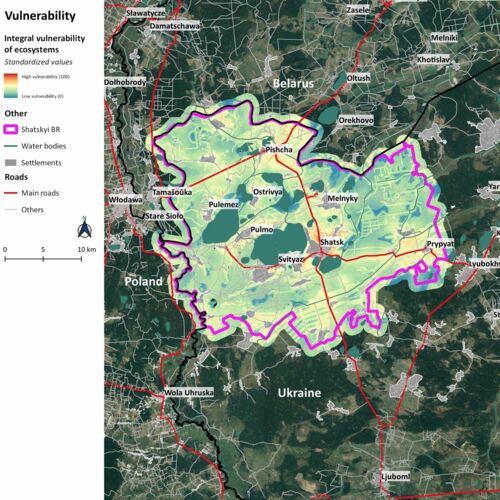
The level of vulnerability also indicates, where land- and natural resource use are stressing ecosystems and thus, where regulating functions necessary to buffer climate change impacts and secure ecosystem services for human well-being are reduced. Blue and dark green areas especially need ecosystem-based conservation efforts, while light green, yellow, and red areas, besides conservation, especially need restoration efforts and reduction of human-induced stresses.
To learn more about vulnerability maps for the three biosphere reserves and to download them, click here.
